Palace of Peace and Reconciliation
Iconic pyramid from famed British architect Norman Foster designed to represent all of the world's religious faiths.
Built between 2004 and 2006 in Kazakhstan’s capital city of Astana, the Palace of Peace and Reconciliation (also known as the Palace of Peace and Accord) is one of the world’s most impressive pyramid designs—second, maybe, to the Great Pyramids of Egypt, but that’s an argument to be had between fanatics of modern architecture and ancient construction.
Representing all of the world’s religious faiths, the Palace houses educational facilities, a national center for Kazakhstan’s various geographical and ethnic groups, and a 1,500-seat opera house.
The diversity is represented in the design of the entire building, which clearly resembles a massive triangle, 62 meters tall with a base that is 62 meters by 62 meters square. The lower portions of the triangle are clad in pale granite while the upper portions feature stained glass featuring doves designed by Brian Clarke. Because of the extreme environment in which the pyramid sits, engineers had to design a steel and concrete skeleton that is able to withstand the expansions and contractions brought on by temperatures that vary from -40 to 40 degrees Celsius.


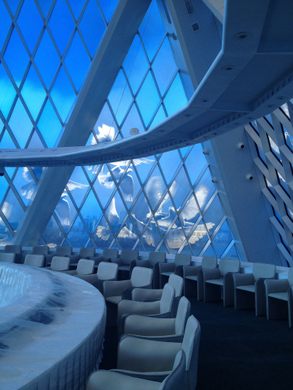
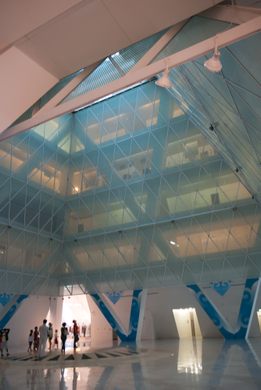
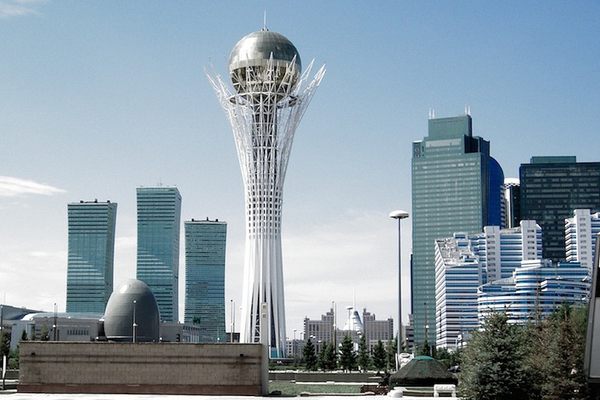








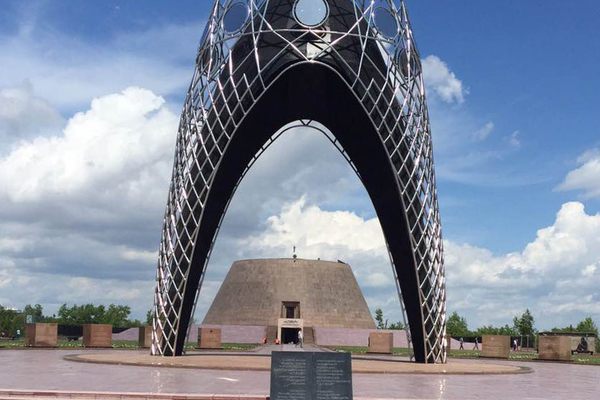
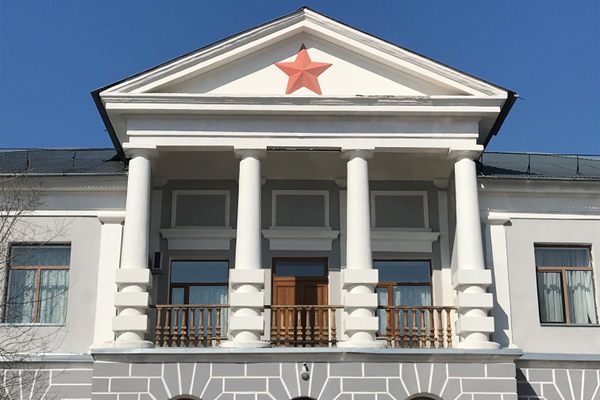

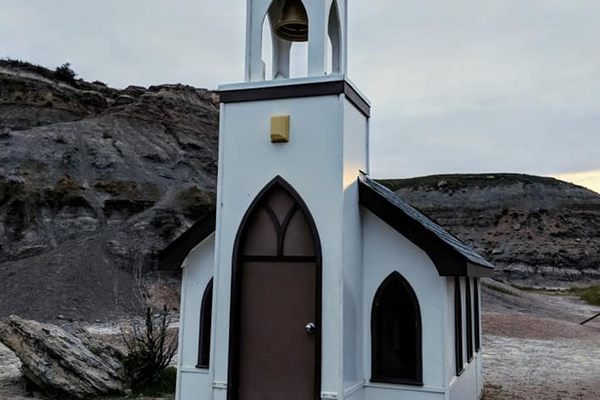

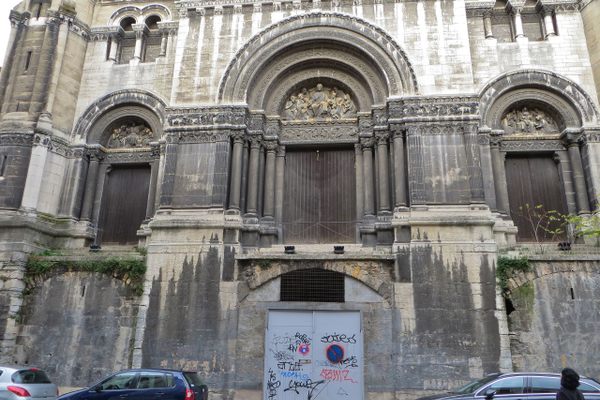

Follow us on Twitter to get the latest on the world's hidden wonders.
Like us on Facebook to get the latest on the world's hidden wonders.
Follow us on Twitter Like us on Facebook